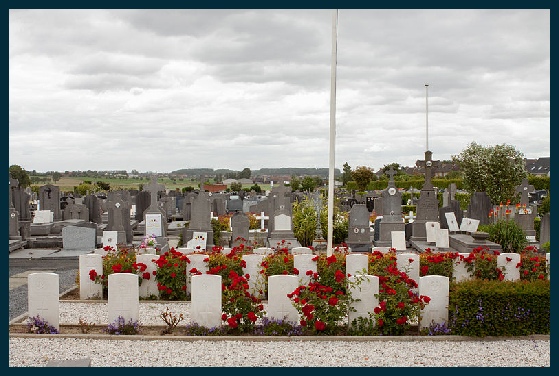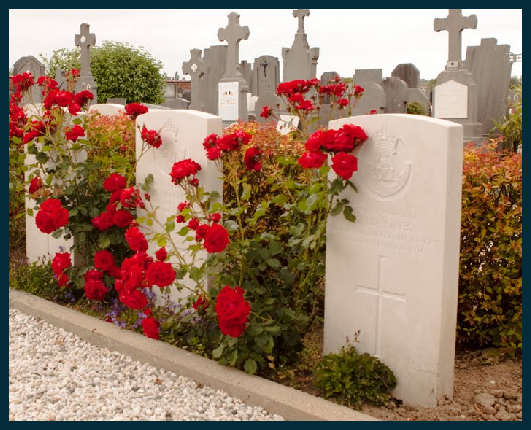Copyright © All rights reserved.



George Haynes


George Haynes was born in the last quarter of 1899 and his birth was registered in Malton. He was the fourth son of Robert Hudson and Jane (nee Bradley) Haynes who were married in the Scarborough area in the last quarter of 1888.
In 1901 the family were living at 4, Greengate, and George was the baby of the family.
1901 census – resident at 4 Greengate
HAYNES, Robert Hudson, Head, Married, M, 40, General Dealer, Hutton Buscel Yorkshire,
HAYNES, Jane, Wife, Married, F, 47, , Malton Yorkshire,
HAYNES, Hilda, Daughter, Single, F, 15, , Malton Yorkshire,
HAYNES, John, Son, Single, M, 10, , Malton Yorkshire,
HAYNES, Robert Royston, Son, Single, M, 8, , Malton Yorkshire,
HAYNES, Jennie, Daughter, Single, F, 6, , Malton Yorkshire,
HAYNES, George, Son, Single, M, 1, , Malton Yorkshire,
HAYNES, Thomas, Son, Single, M, 3, , Malton Yorkshire,
They were still there in 1911 and this census gives a little more detail about Robert’s work. The job description is given as General Dealer, but “Dealer” has been crossed out and “Hawker” substituted, and additionally it says that he is working primarily with fruit, assisted by his wife and daughter. Presumably they were going round selling fruit from house to house – a fairly precarious existence.
1911 census – resident at 4 Greengate
HAYNES, R, Head, Married 22 years, M, 49, General Hawker, Hutton Bushel Yorks,
HAYNES, Jane, Wife, Married 22 years, F, 52, Assists In Business, Malton Yorks,
HAYNES, John, Son, Single, M, 20, Cleaner Engine, Malton Yorks,
HAYNES, Robert R, Son, Single, M, 18, Groom Domist Servent, Malton Yorks,
HAYNES, Jennie, Daughter, Single, F, 16, Assists In Business, Malton Yorks,
HAYNES, Tom, Son, , M, 13, School, Malton Yorks,
HAYNES, George, Son, , M, 11, School, Malton Yorks,
George would have been 14 at the outbreak of war and would not have been called up until 1918. Theoretically he should not have been sent to the Front until he was 19 but this rule was often not honoured and this would seem to have been so in his case.
He seems to have enlisted in the West Riding Regiment, but was allocated to the 29th Battalion of the Durham Light Infantry when it was formed at Brookwood on 19th June 1918. It is clear from the war diary that the commanding officer was somewhat dismayed at the material he had to work with. Entries for 20th to 24th June read “A little elementary training was done, men were found to be very backward… Little training done. Very busy on equipment… Men were looking better and taking more interest. A large number by this time had been found to be unfit. An inspection was ordered for Sunday to weed out these unfits… Training on the square carried out with a view to smartening the men up… Battalion inspected by a Medical representative of the War Office. 256 presumably unfit men were paraded.” The next ten days or so saw intensive training, largely on the ranges at Bisley, and their commanding officer noted a marked improvement, and on 2nd July they were sent by train down to Folkestone to embark for France, less than a fortnight after the formation of the Battalion.
On the 3rd July they landed in Boulogne and marched to Fiennes where they were billeted for the next week while undergoing further training. The march was clearly something of a shambles with men arriving up to half-
On the 26th August they were sent by train and road to Ypres to join the Brigade Reserve – the idyll was over. At Ypres they were mainly employed in the construction and repair of trenches with a constant background of artillery fire.
The 13th September saw the battalion finally in the front line. On the 17th, “Daylight patrols” were sent out into No-
At the beginning of October they moved to Messines and most of the battalion was in the front line. The weather was miserably wet and the mud deep and they found themselves under hostile shell fire. Patrols could be made at night but enemy observation made movement by day dangerous. They sustained their first serious casualties when seven men were killed by the explosion of a delayed mine in a dug-
A week later the Malton Messenger gave further details: “Mr and Mrs Haynes, Greengate, Malton have received the sad news that their youngest son, George was killed by an enemy shell in France. It appears that he was with his charger in a stable when a shell struck the building, his death being instantaneous. An officer conveying the sad news refers in terms of great praise to the deceased whom he regarded as one of his most trusted and regarded men.”
George was buried in Dottignies Communal Cemetery, the local cemetery containing the graves of some 24 British soldiers. He is commemorated in St Leonard’s Church and on the Town Memorial and is also commemorated on the family memorial in New Malton cemetery.